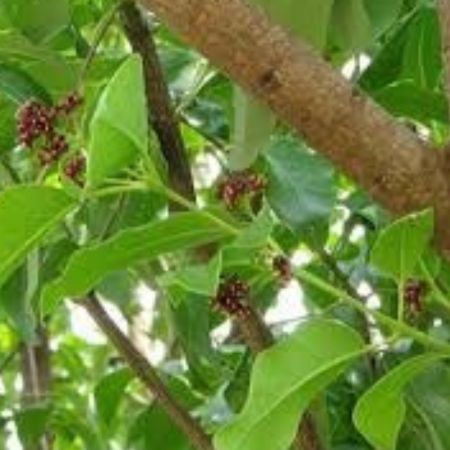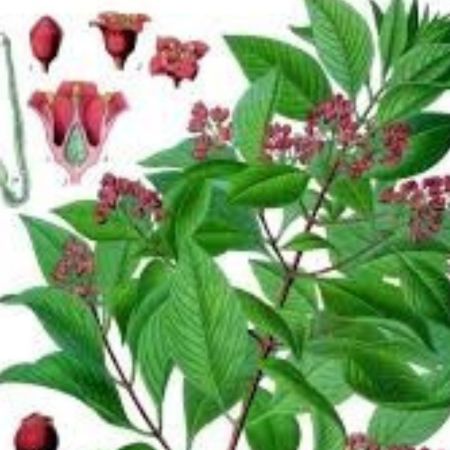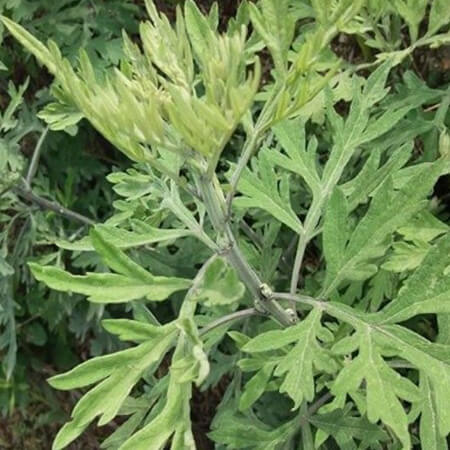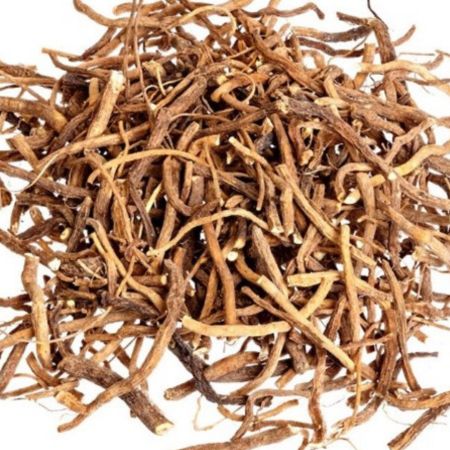Subscribe to Our Newsletter Today
Stay Informed, Stay Ahead!

Nepal Essential Oil Producers Association
Ghattekulo 11, Kathmandu, Nepal
Supporting Nepal’s essential oil producers and promoting growth in a sustainable way.
Contact Us
Address
Ghattekulo 11, Kathmandu, Nepal
Phone
Copyright © 2024 NEPA | All Rights Reserved.







